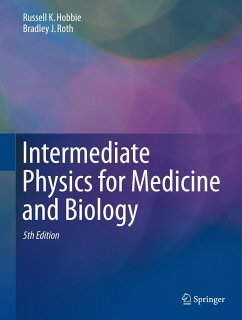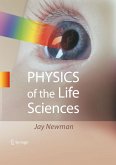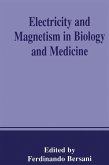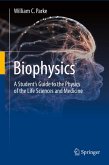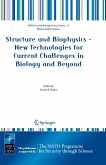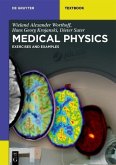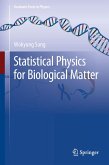This classic text has been used in over 20 countries by advanced undergraduate and beginning graduate students in biophysics, physiology, medical physics, neuroscience, and biomedical engineering. It bridges the gap between an introductory physics course and the application of physics to the life and biomedical sciences. Extensively revised and updated, the fifth edition incorporates new developments at the interface between physics and biomedicine. New coverage includes cyclotrons, photodynamic therapy, color vision, x-ray crystallography, the electron microscope, cochlear implants, deep brain stimulation, nanomedicine, and other topics highlighted in the National Research Council report BIO2010. As with the previous edition, the first half of the text is primarily biological physics, emphasizing the use of ideas from physics to understand biology and physiology, and the second half is primarily medical physics, describing the use of physics in medicine for diagnosis (mainly imaging) and therapy. Among the many topics carried forward are thorough treatments of forces in the skeletal system, fluid flow, the logistic equation, scaling, equilibrium in statistical mechanics, the chemical potential and free energy, transport, membranes and osmosis, magnetic and electrical signals from nerves and the heart, membranes and gated channels in membranes, biological magnetic fields, linear and nonlinear feedback systems, including biological clocks and chaotic behavior, biological signal analysis, hearing and medical ultrasound, atoms and light, optical coherence tomography, radiometry and photometry, the interaction of photons and charged particles in tissue, radiological physics and the use of x-rays in diagnosis and therapy, nuclear medicine, and magnetic resonance imaging. Discussion of theory is closely linked to experiment. Prior courses in physics and in calculus are assumed.
Intermediate Physics for Medicine and Biology, Fifth Edition is also ideal for self study and as a reference for workers in medical and biological research. Over 850 problems test and enhance the student's understanding and provide additional biological examples. A solutions manual is available to instructors. Each chapter has an extensive list of references.
Intermediate Physics for Medicine and Biology, Fifth Edition is also ideal for self study and as a reference for workers in medical and biological research. Over 850 problems test and enhance the student's understanding and provide additional biological examples. A solutions manual is available to instructors. Each chapter has an extensive list of references.
Dieser Download kann aus rechtlichen Gründen nur mit Rechnungsadresse in A, B, BG, CY, CZ, D, DK, EW, E, FIN, F, GR, HR, H, IRL, I, LT, L, LR, M, NL, PL, P, R, S, SLO, SK ausgeliefert werden.
Aus den Rezensionen zur 4. Auflage: "Es ist eines dieser amerikanischen Großlehrbücher: üppig dimensioniert, didaktisch stark ... Für all diejenigen, die sich wissenschaftlich im Grenzbereich von Physik und Biologie bewegen, ist der großformatige Band ein wahres Geschenk. Die langjährigen Dozenten haben das didaktische Konzept an Generationen von Studierenden erprobt und den Stoff des Bandes immer wieder aktualisiert." (www.buchkatalog.de)

